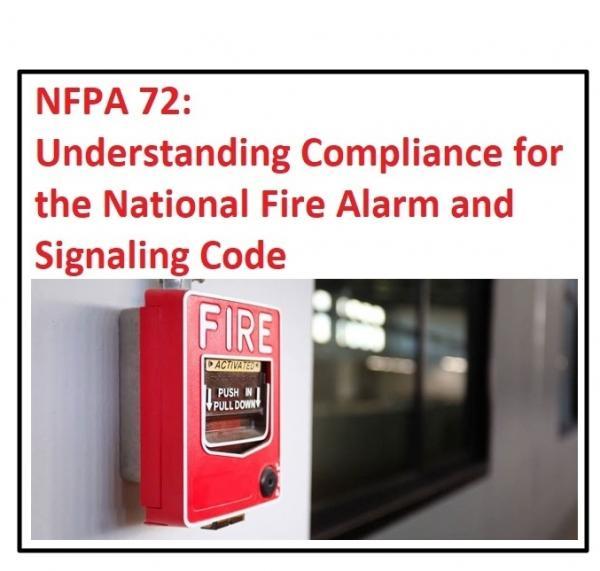Ensuring Safety Through NFPA 72 Compliance: In-Depth Look at the National Fire Alarm and Signaling Code

In the realm of fire safety, the National Fire Protection Association (NFPA) plays an important role in establishing standards that ensure the effectiveness and reliability of fire alarm and signaling systems. One such critical standard is NFPA 72, known as the National Fire Alarm and Signaling Code. This comprehensive document introduces guidelines for the installation, maintenance, and performance of fire alarm systems, emphasizing the importance of safeguarding lives and property.
I. The Cornerstone of Safety: Alarm Initiating Devices
At the core of NFPA 72 lies a thorough examination of alarm-initiating devices. From traditional smoke detectors and heat detectors to advanced flame detection technologies, the standard outlines precise requirements for these devices. Manual pull stations, serving as a direct means for occupants to initiate an alarm, are also addressed to ensure a quick and efficient response in emergency situations.
II. Alerting Occupants Inside: Notification Appliances
The audible and visual notification appliances specified in NFPA 72 are crucial components in effectively alerting occupants during emergencies. Horns, strobes, speakers, and other devices must adhere to the code's guidelines to guarantee their proper functionality. This section of the code is designed to maximize the effectiveness of notification systems, ensuring that they are both noticeable and distinct in emergency situations.
III. Monitoring and Supervision: Safeguarding Through Oversight
NFPA 72 places a strong emphasis on the monitoring and supervision of fire alarm systems. From supervising station alarm systems to advanced monitoring methods, the code ensures that every system is under continuous oversight. This not only increases the reliability of the systems but also facilitates a quick response from emergency services when needed.
IV. Emergency Communication Systems: Providing Clear Instructions
Emergency communication systems are a critical aspect of NFPA 72, focusing on the delivery of clear and concise instructions during emergencies. Voice communication systems are also outlined, offering guidance on their installation and use to provide essential information to building occupants in times of danger.
V. Regular Maintenance and Testing: Ensuring Reliability
A fire alarm system is only as good as its last test. NFPA 72 touches on rigorous testing and maintenance procedures to guarantee that fire alarm systems are always in optimal working condition. Regular inspections, tests, and maintenance are essential components of the code, contributing to the longevity and reliability of fire alarm systems.
NFPA 72 stands as a foundation in the field of fire safety, providing a comprehensive framework for the design, installation, and maintenance of fire alarm and signaling systems. By adhering to the guidelines set forth in this code, communities can enhance their preparedness for emergencies and ensure the safety of both life and property. As technology advances and new challenges arise, NFPA 72 will continue to adapt, serving as a critical tool in the ongoing mission to create safer environments for all.
For any inquiries or development projects, please contact one of our product specialists for further information.

